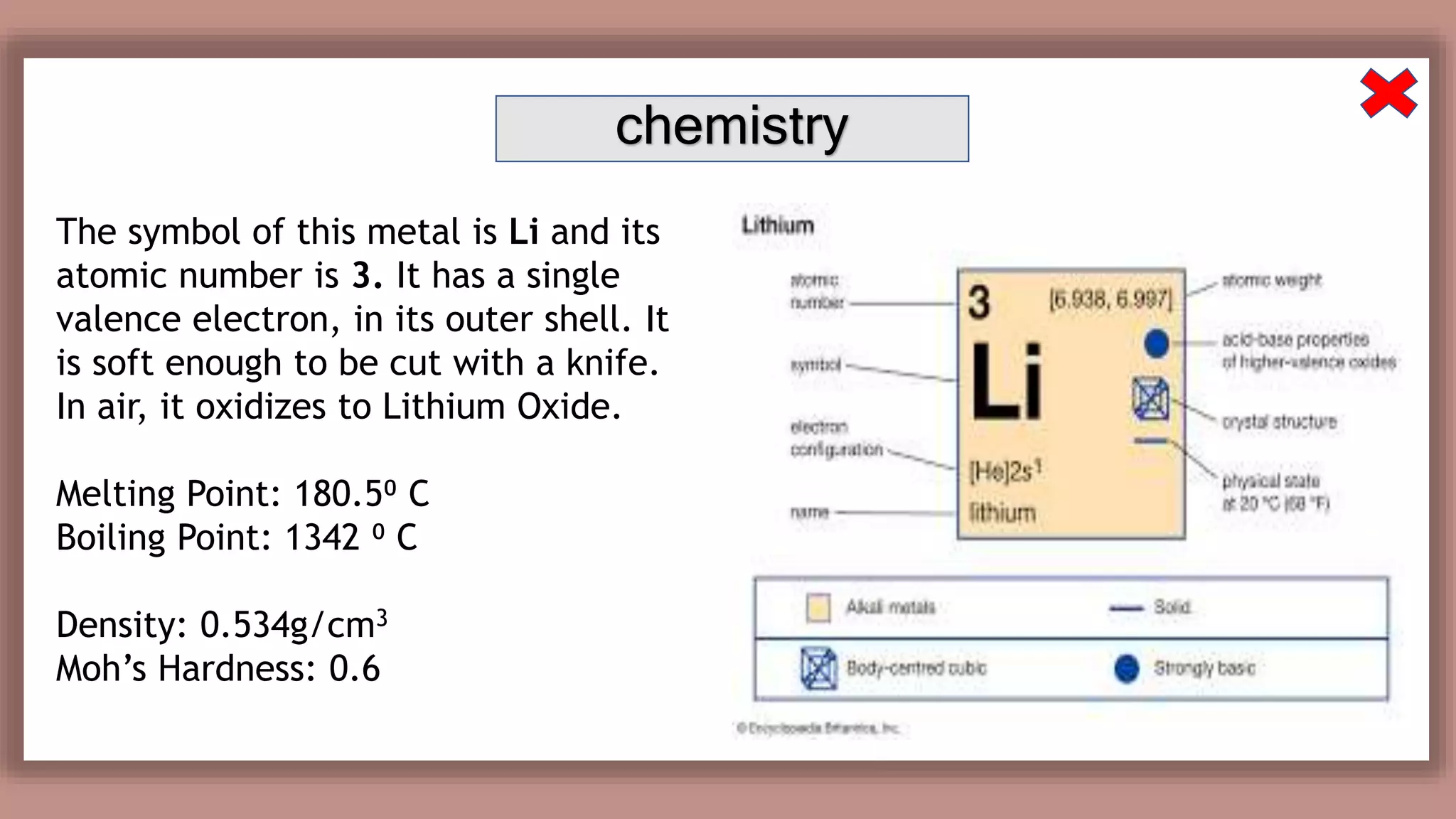This report provides an overview of lithium mining operations and electric mobility, focusing on the current and future landscape in India and globally. It highlights India's recently discovered lithium reserves as a potential economic boost while also addressing environmental concerns and geopolitical challenges associated with lithium mining. The document discusses global trends in lithium demand, production methods, and the significance of lithium-ion batteries in supporting green energy initiatives.



























































































































